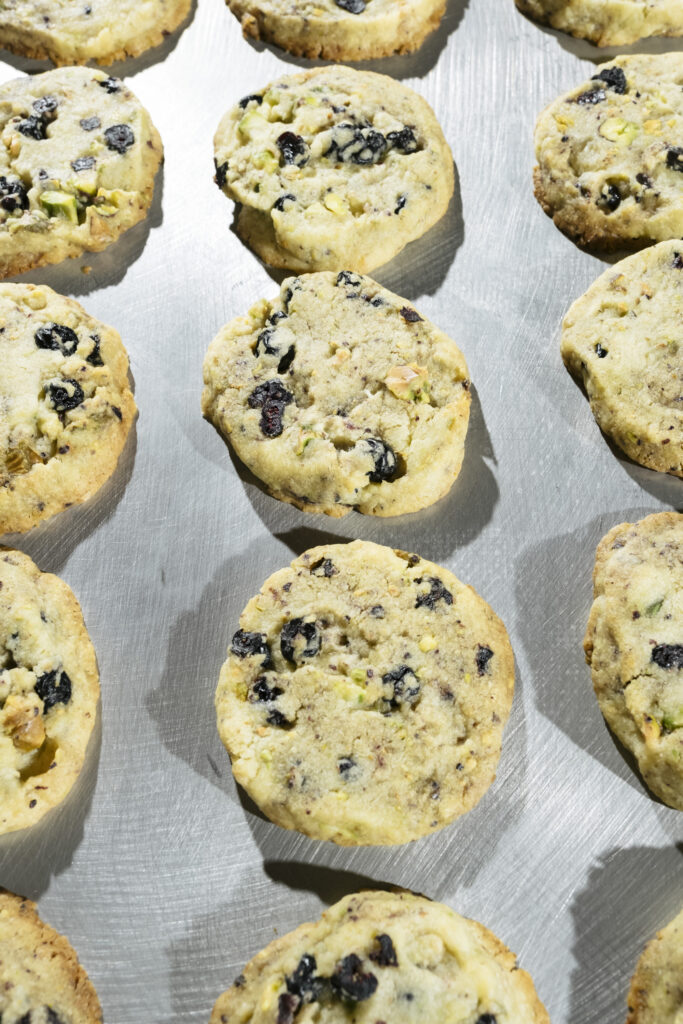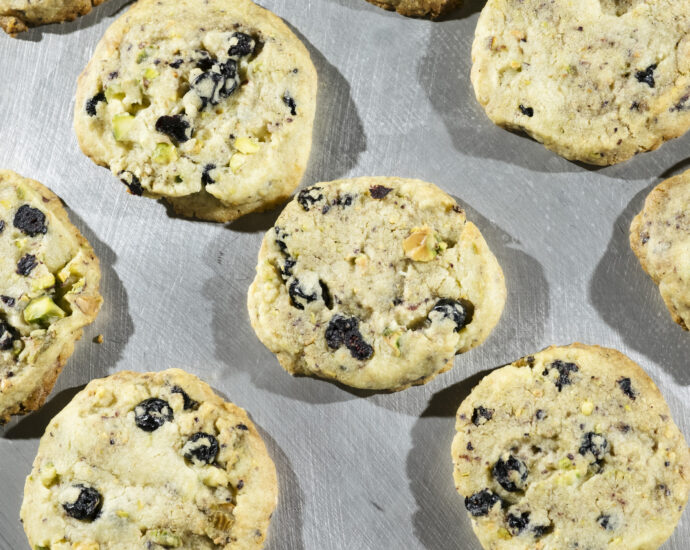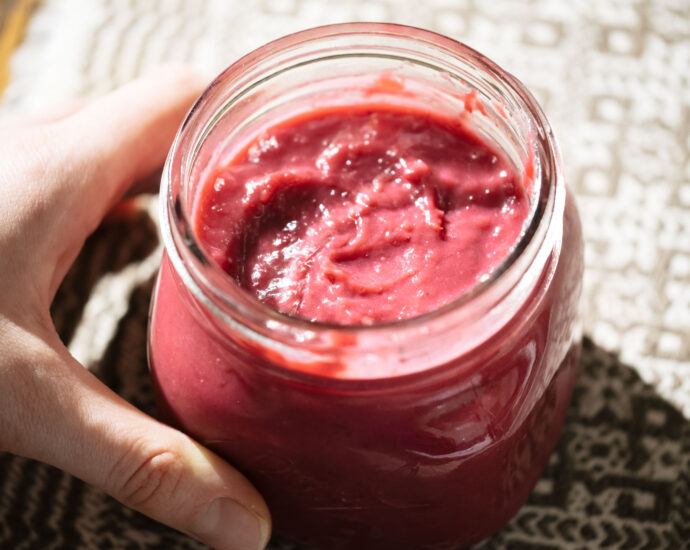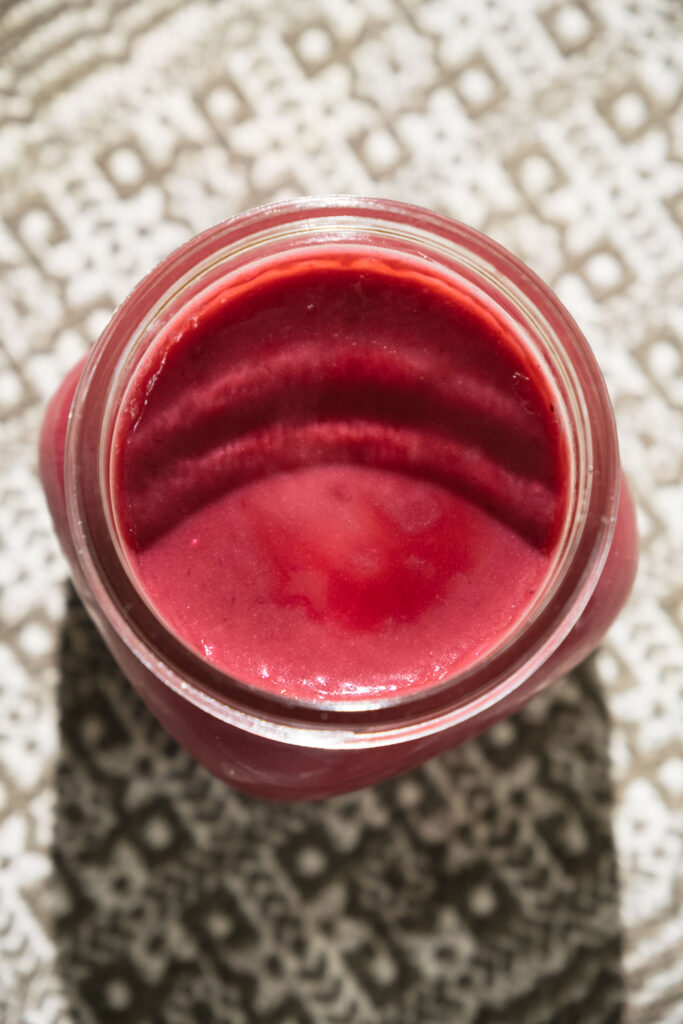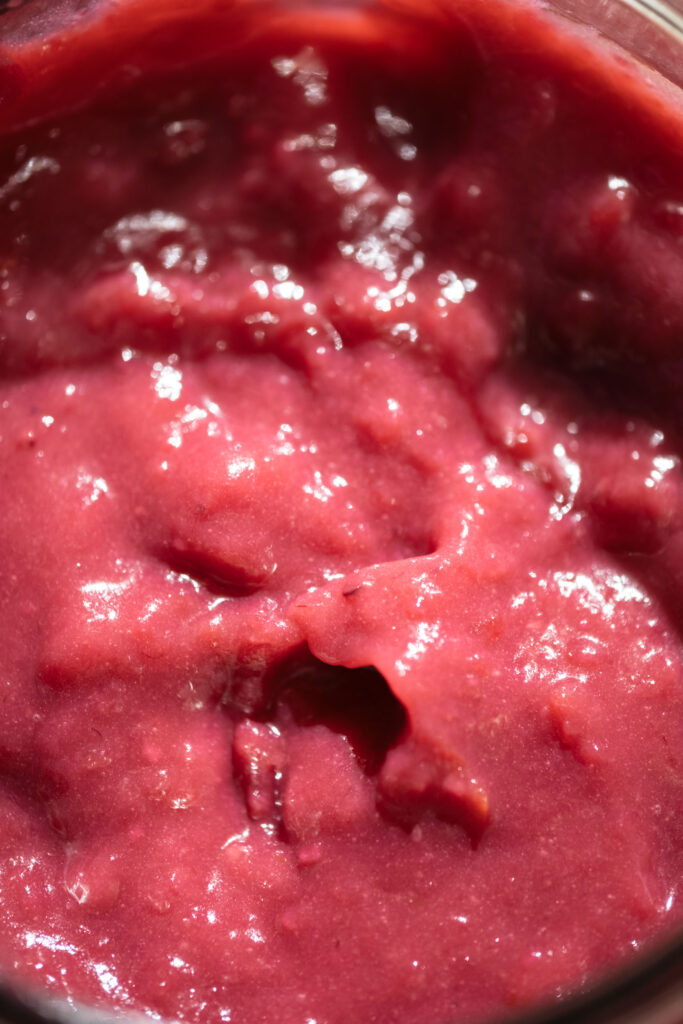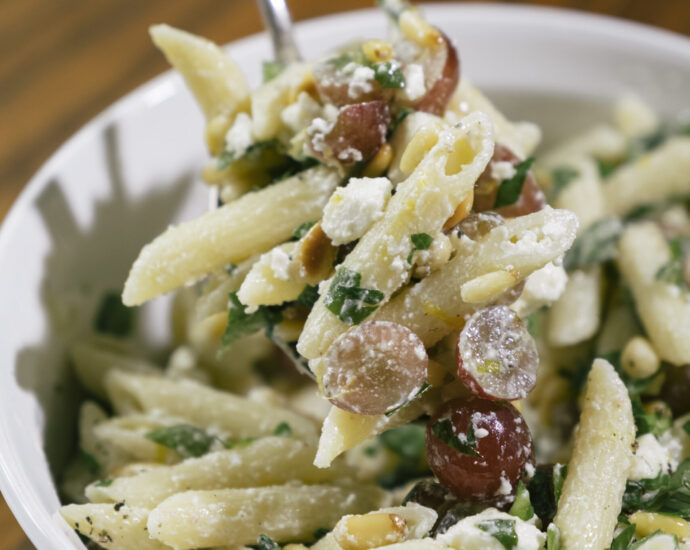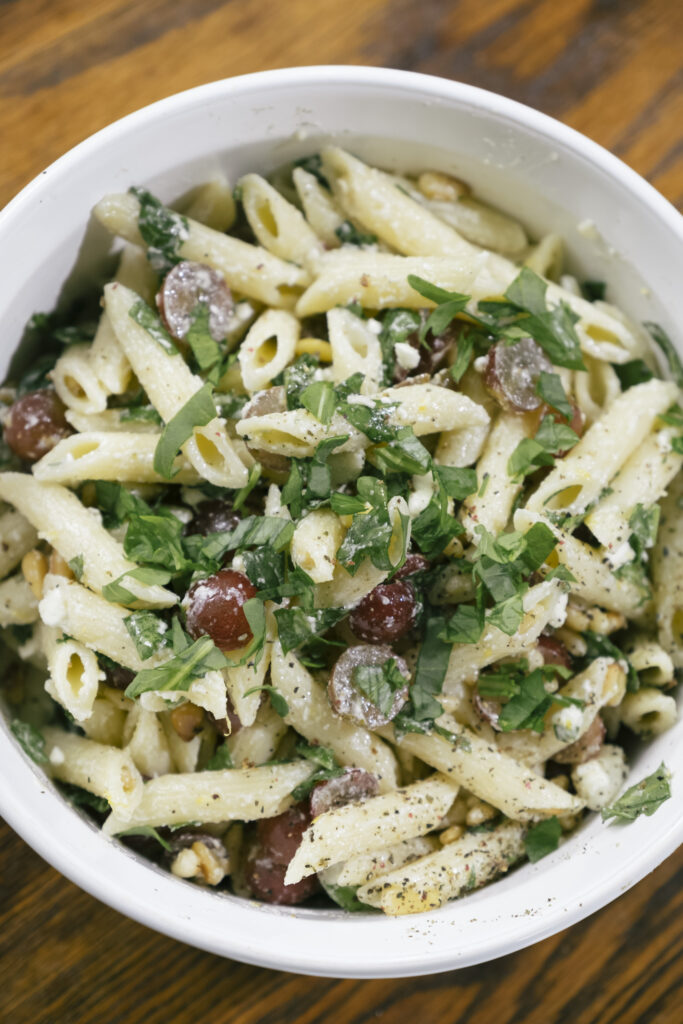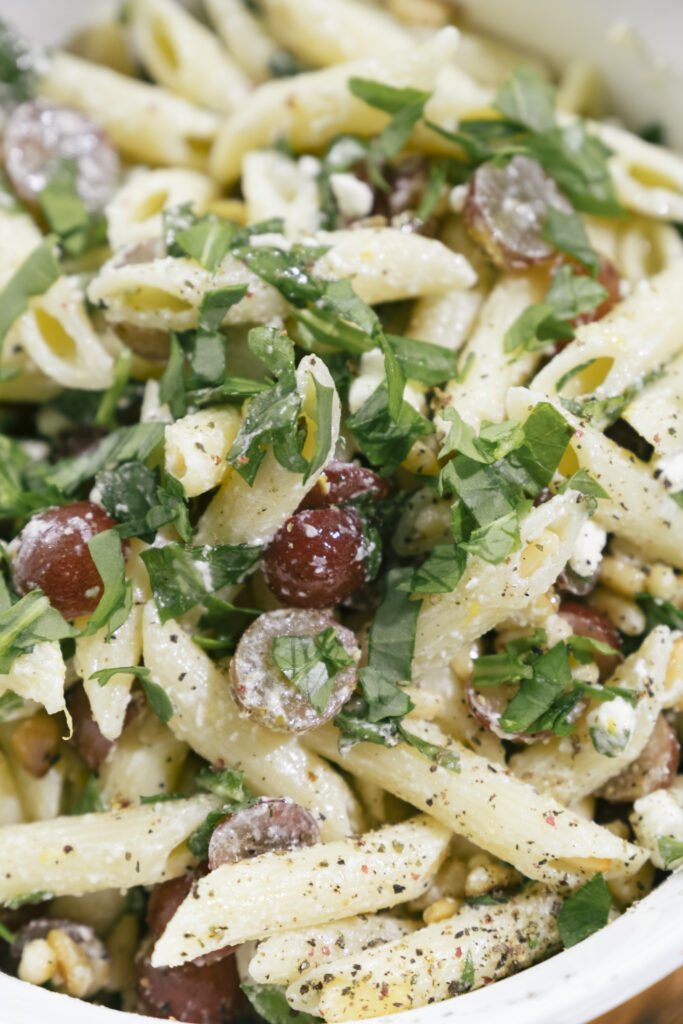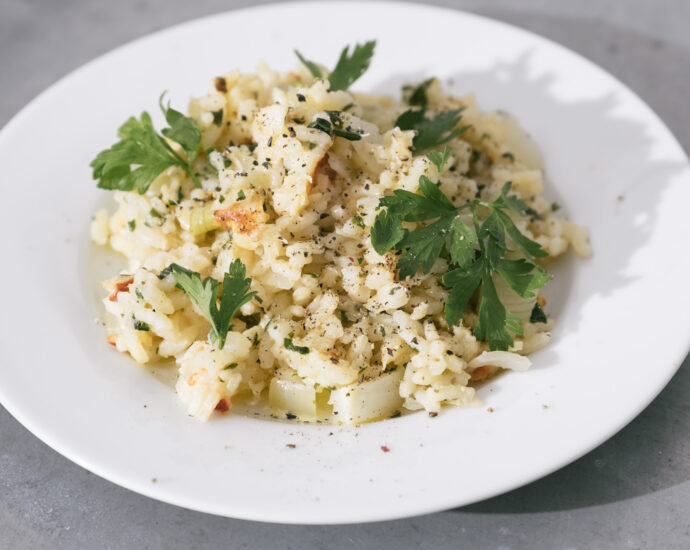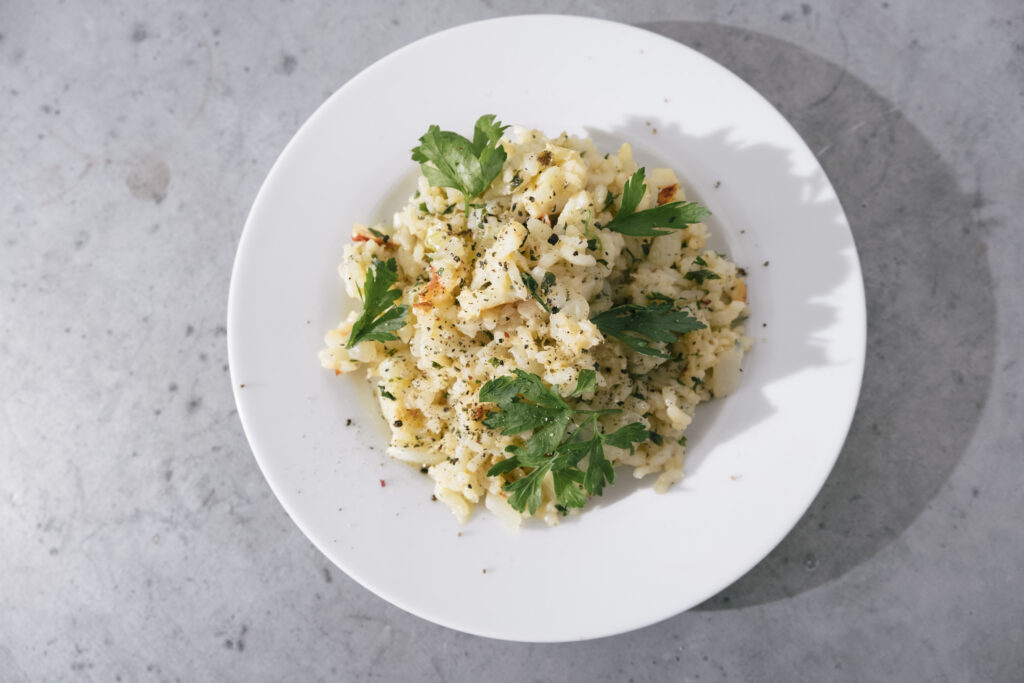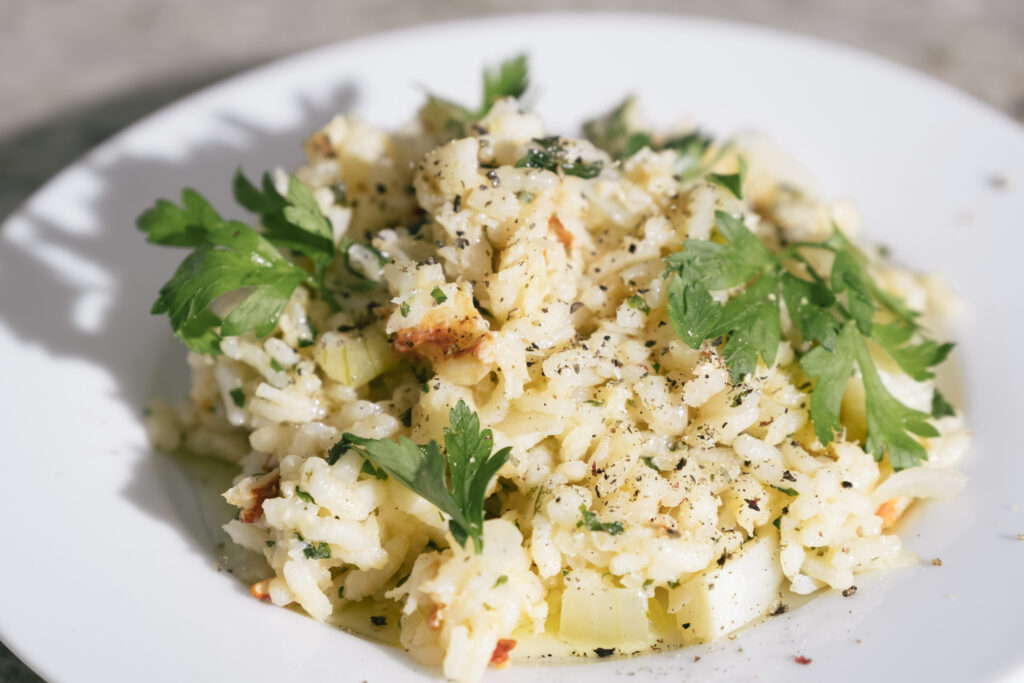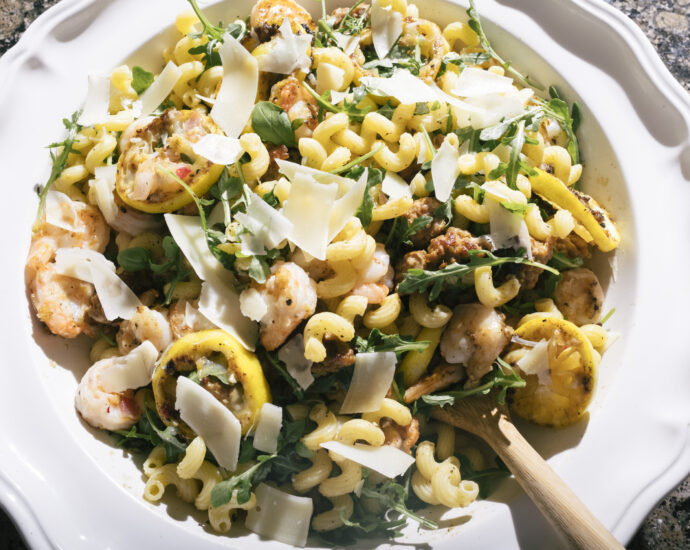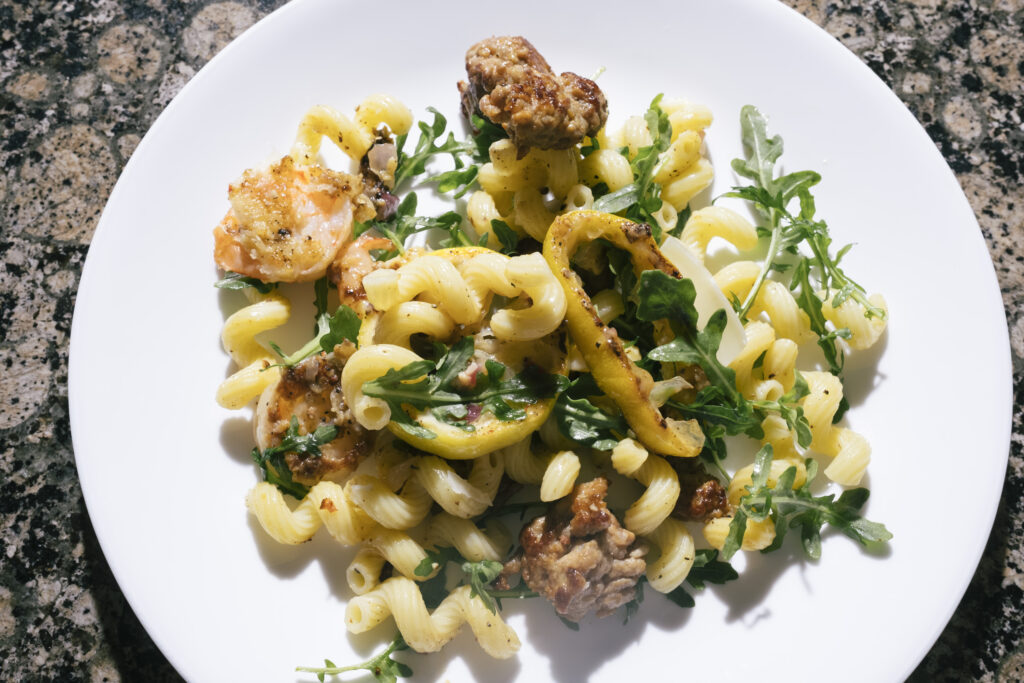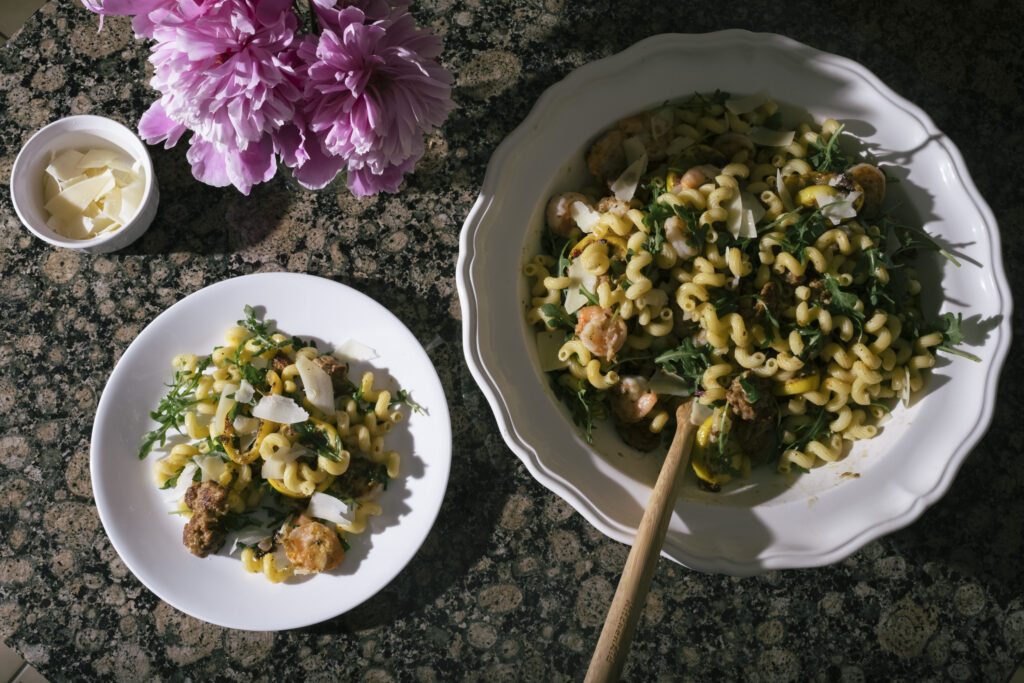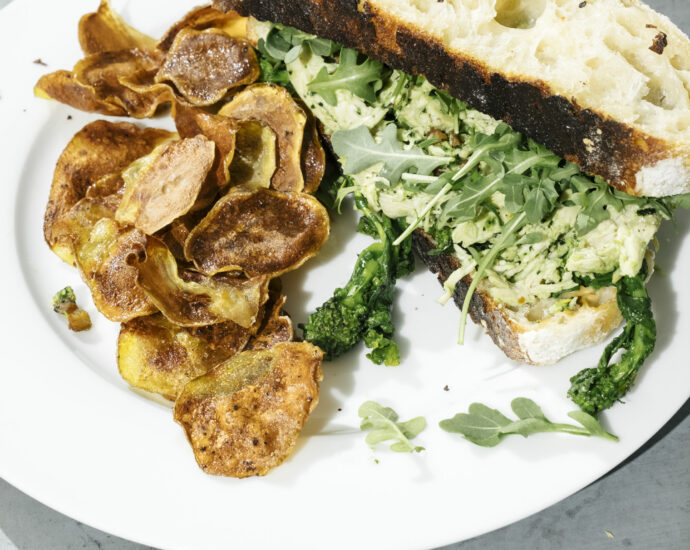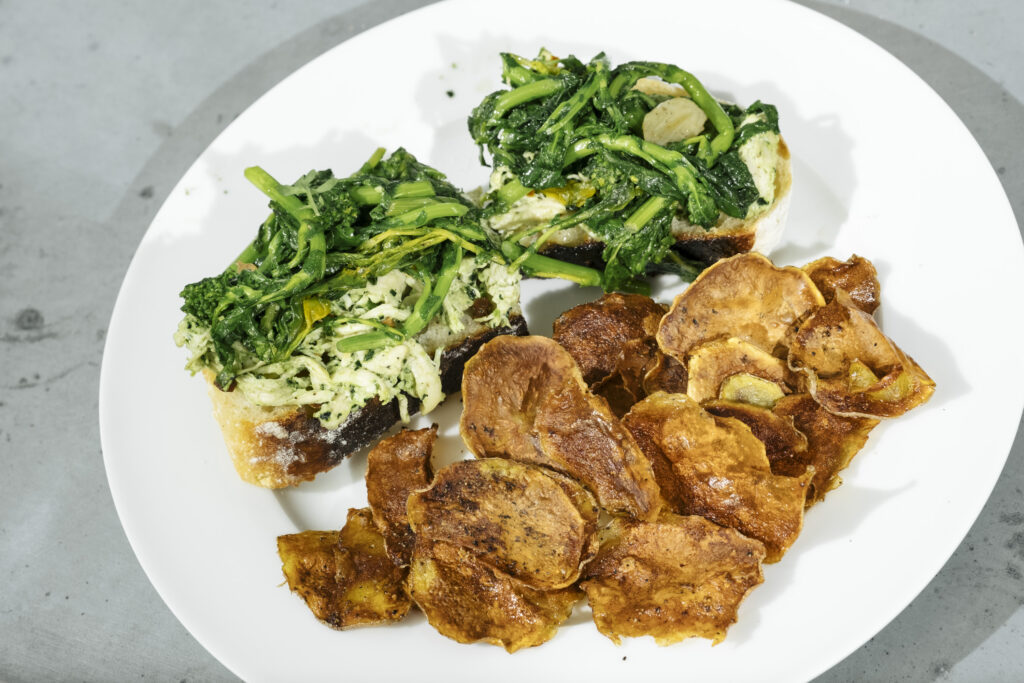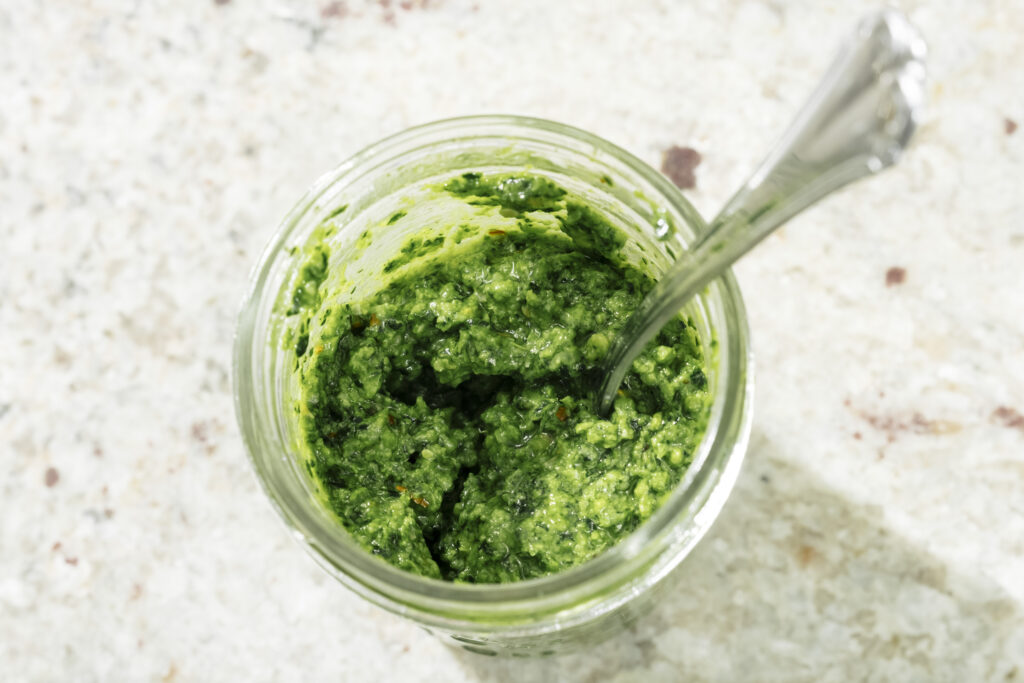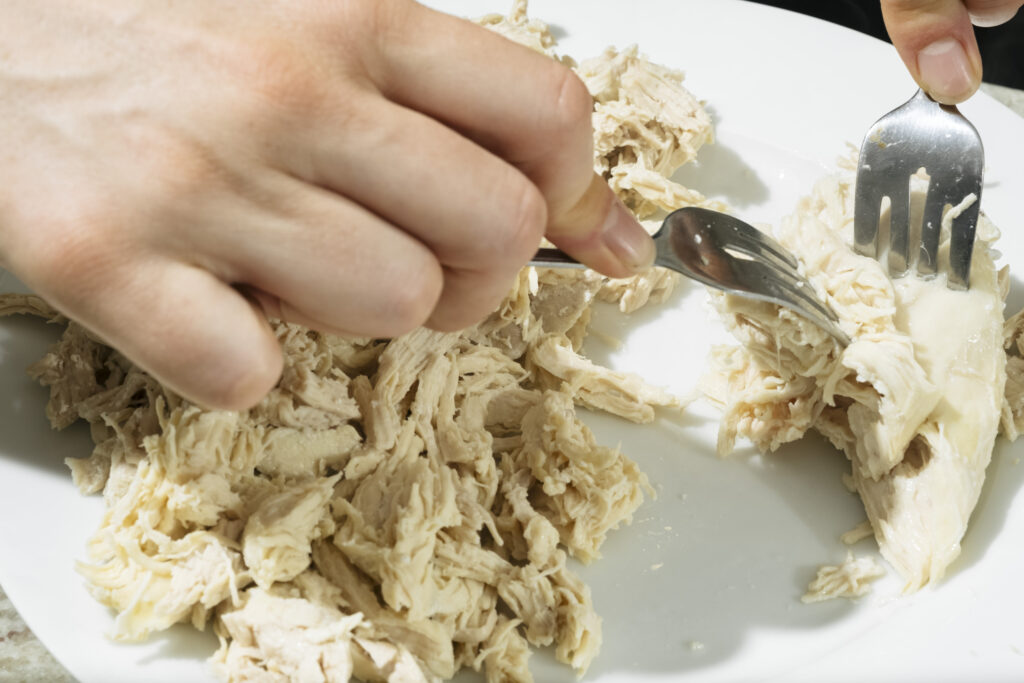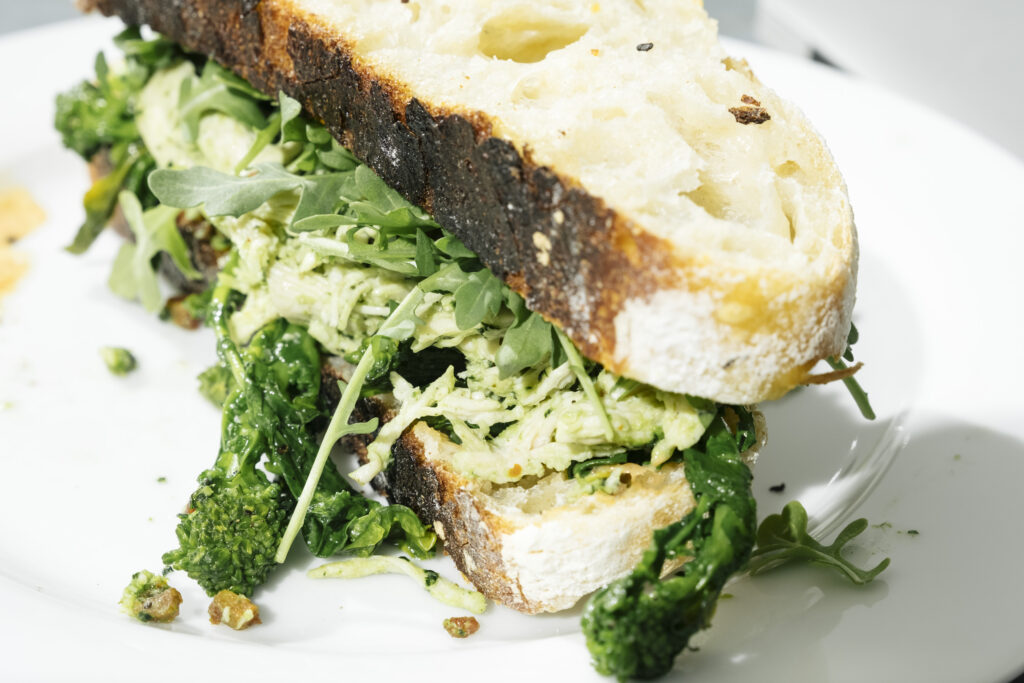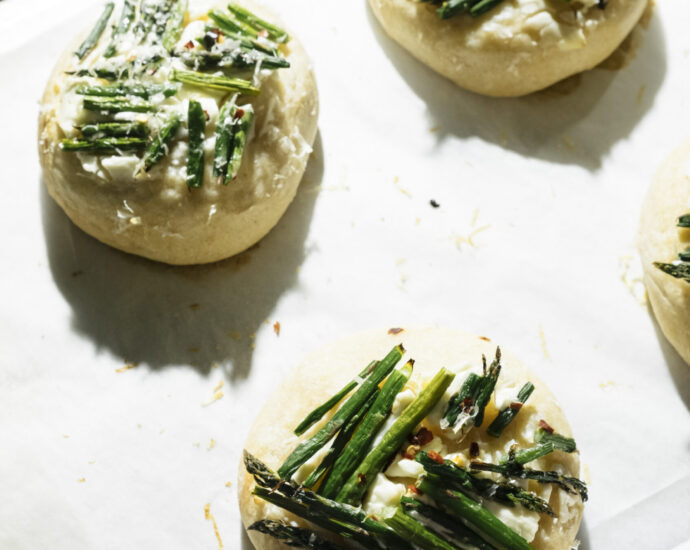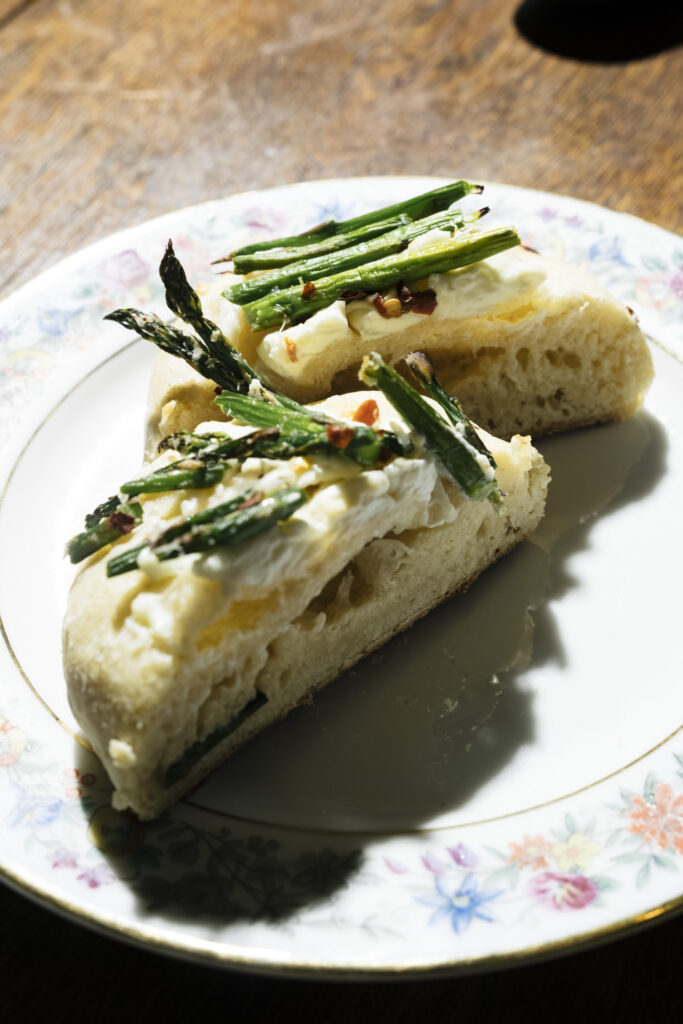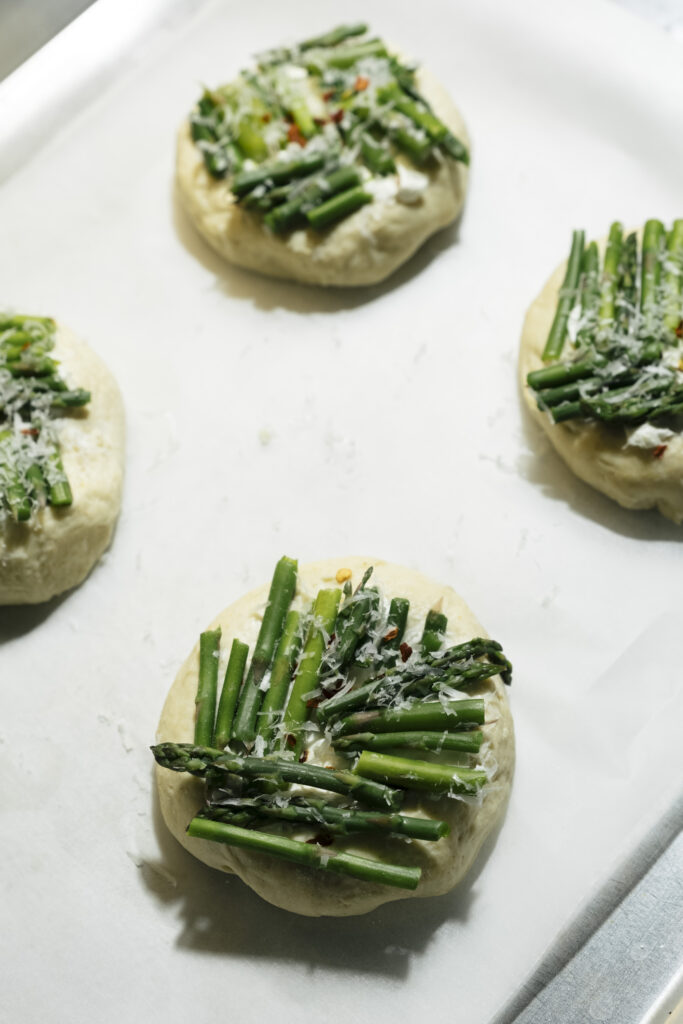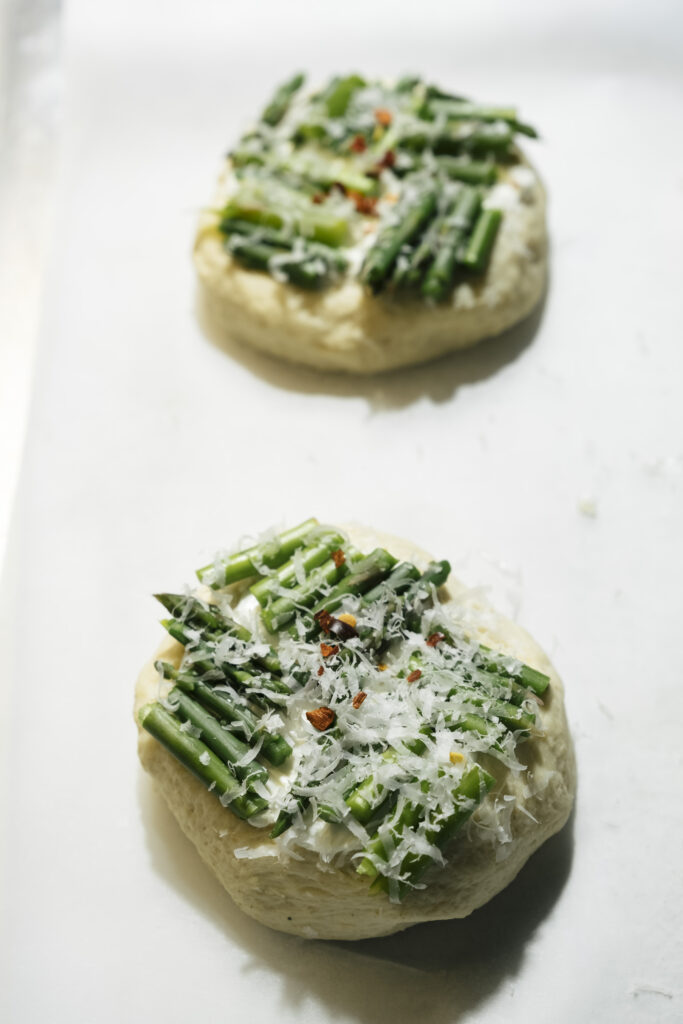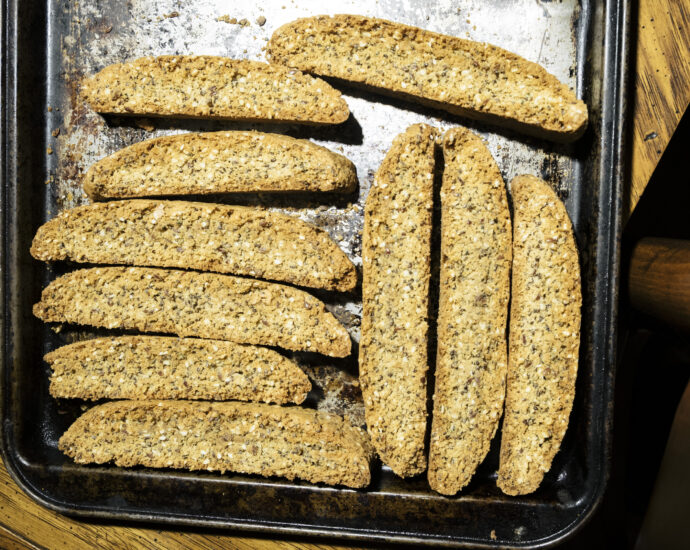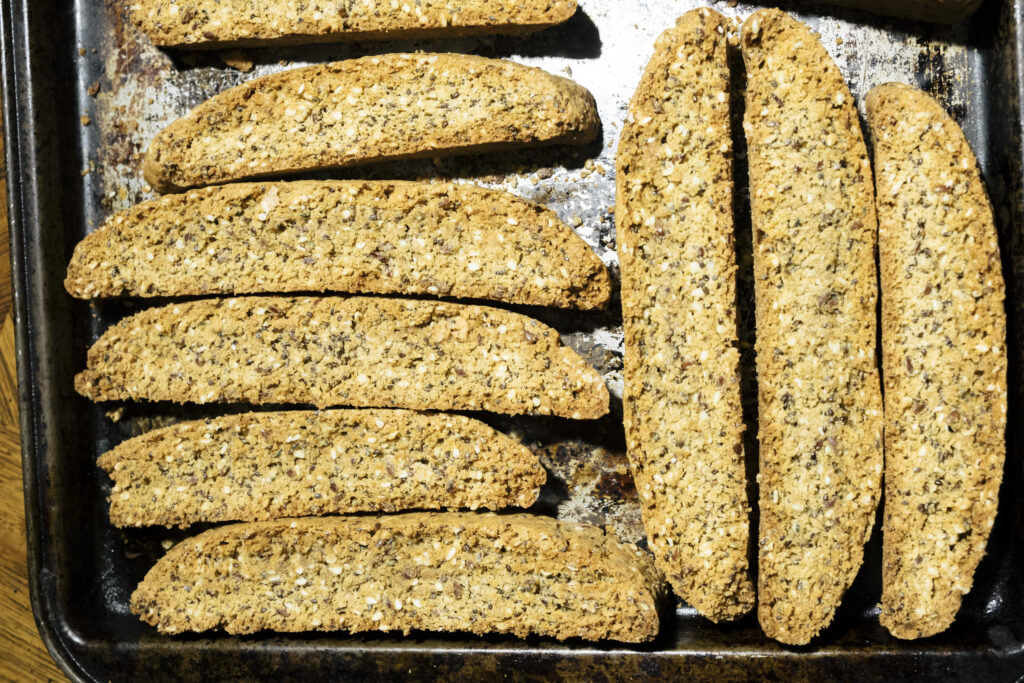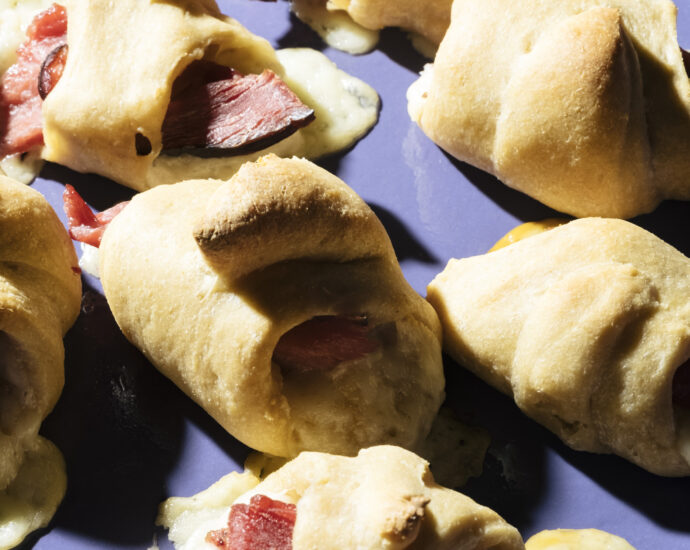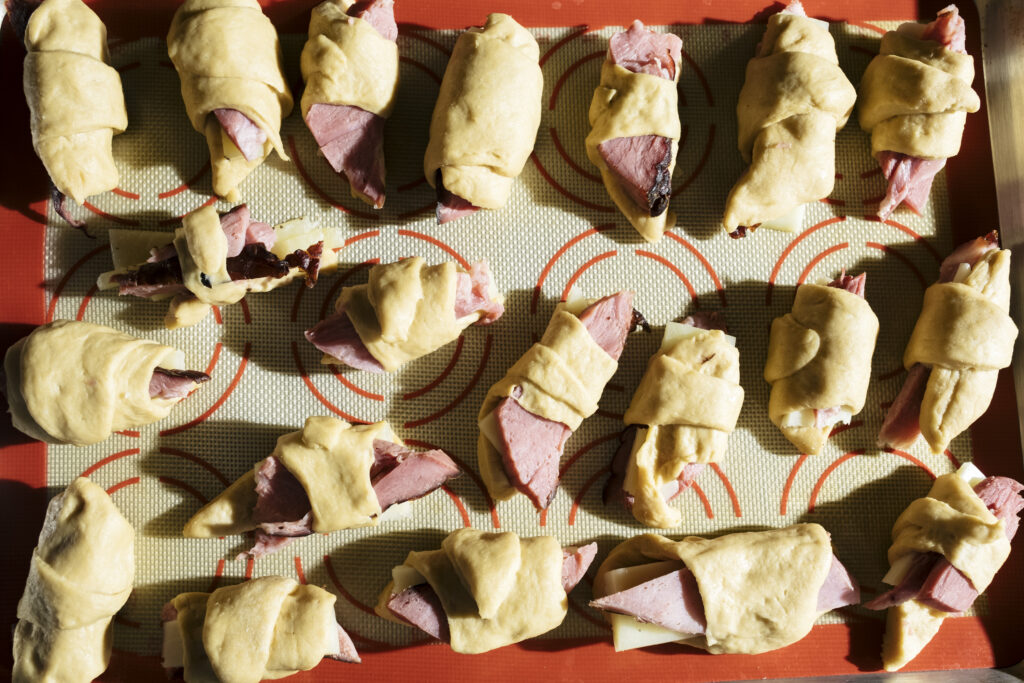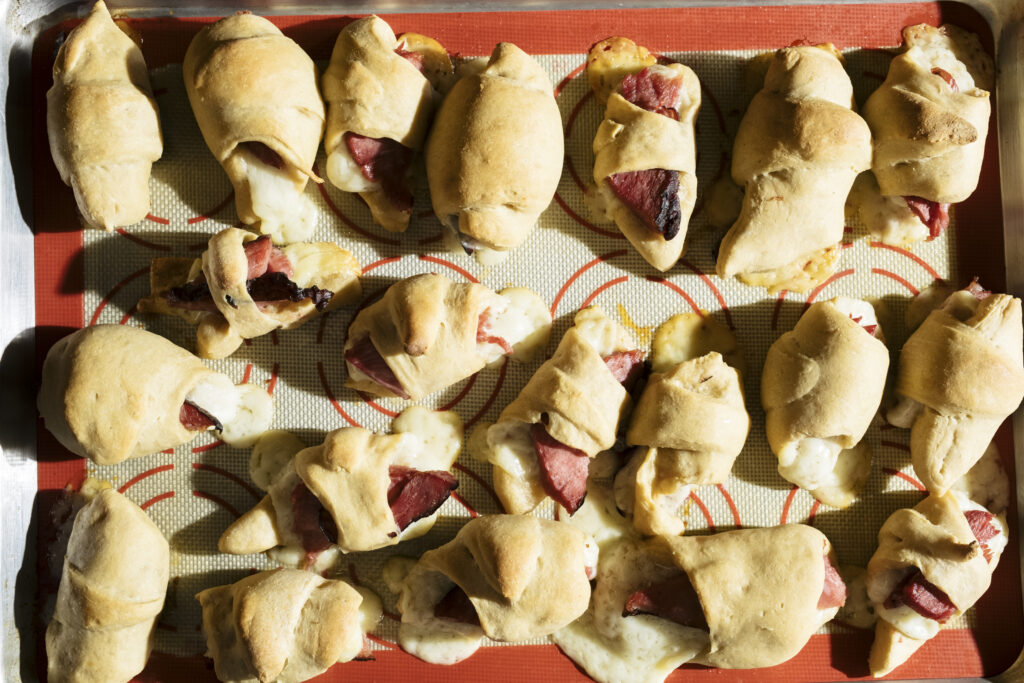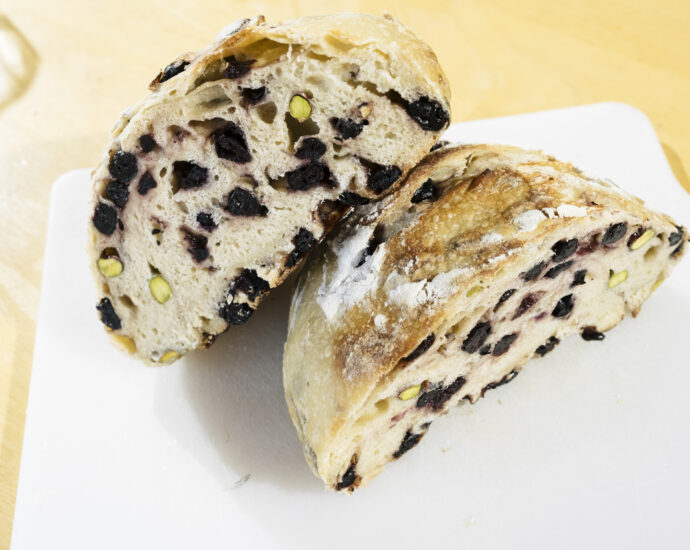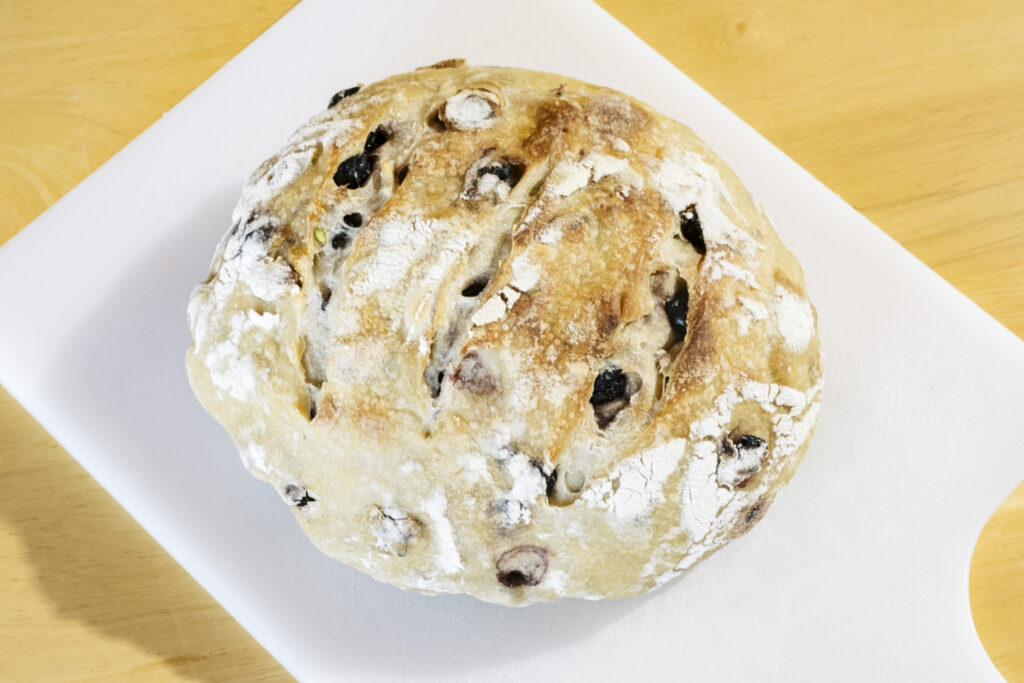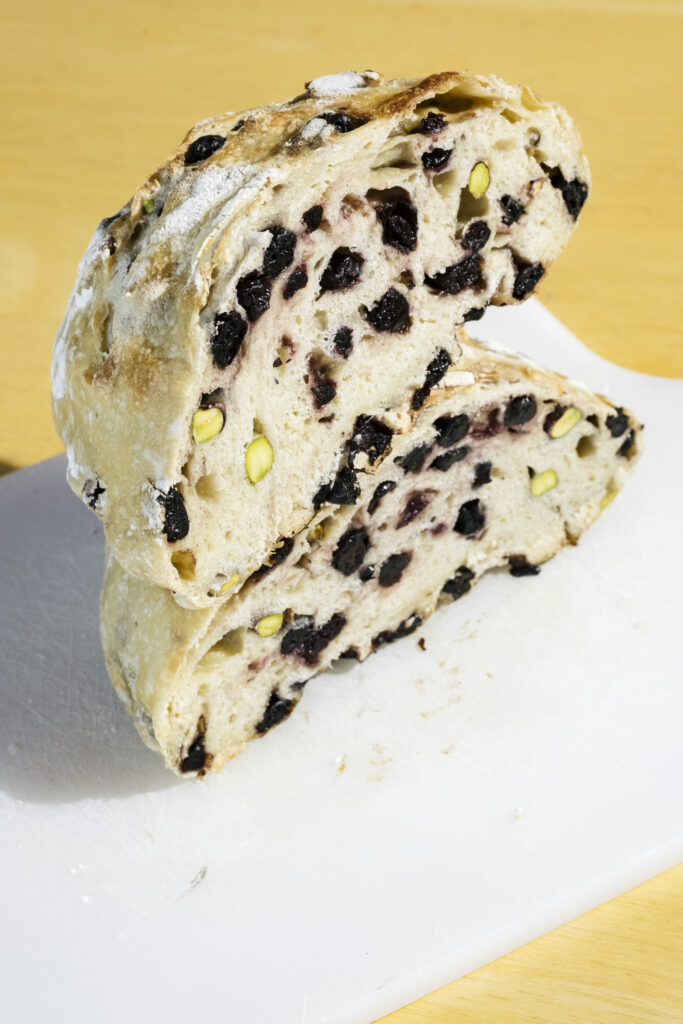blueberry pistachio shortbread cookies
A few months back, I made a couple blueberry pistachio sourdough loaves. I enjoyed the flavor combination so much that I decided to mix it into a shortbread dough, add some lemon zest, roll it into logs, chill, then slice and bake the cookies. The result was just as lovely as the bread. Blueberry pistachio is a unique and delicious flavor combination, tangy and earthy, and deeply satisfying.
Blueberry pistachio shortbread cookies are buttery and crumbly with a tart twist and a hearty texture. They are rich, but not too rich, and sweet but not too sweet, an altogether pleasing fruit-nut combo.
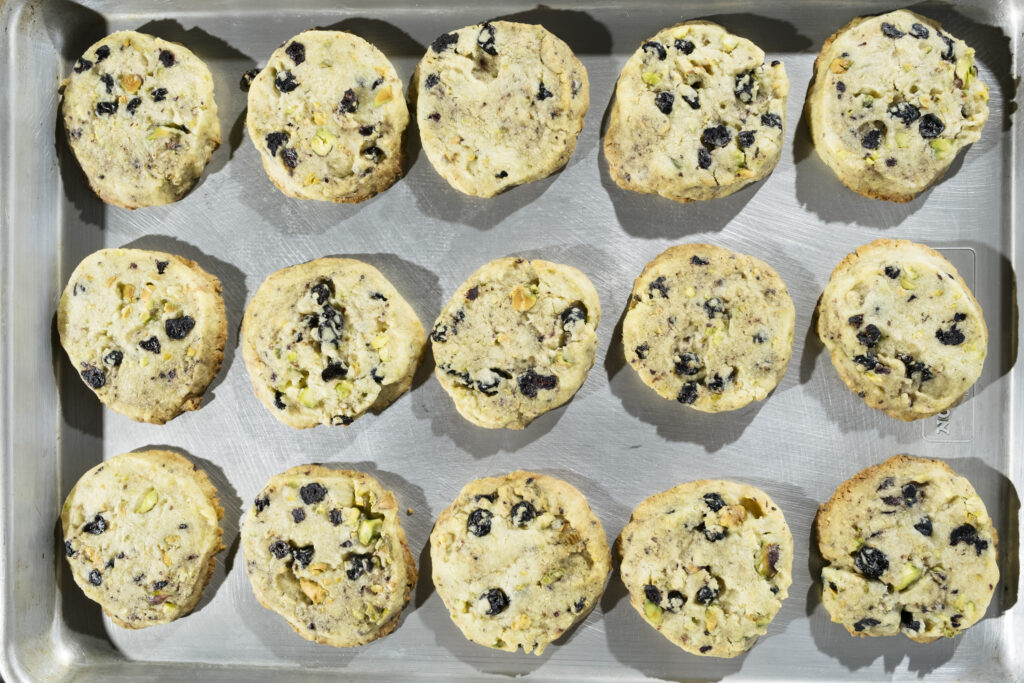
ingredients
- 2 cups all-purpose flour
- 1 tablespoon lemon zest
- ¼ teaspoon salt
- 1 cup (2 sticks) butter, softened
- ½ cup granulated sugar
- ⅔ cup dried blueberries
- ⅔ cup pistachios
steps
In a large bowl, combine the flour, lemon zest, and salt and set aside. Using a stand mixer or hand mixer, cream together the butter and the sugar until light and fluffy. Slowly add in the flour mixture. With the mixer on low speed, add in the dried blueberries and pistachios until just combined, no need to overmix.
Transfer the dough to a large piece of plastic wrap, roll it out into a log and refrigerate it for 1-2 hours. This will allow the flavors to really mingle and the dough to set.
After the dough has chilled, preheat the oven to 350°F. Using a sharp knife, cut ⅓ inch slices and place them about 1 inch apart on a baking sheet lined with parchment paper. Bake for ~12 minutes until lightly golden on the edges.
